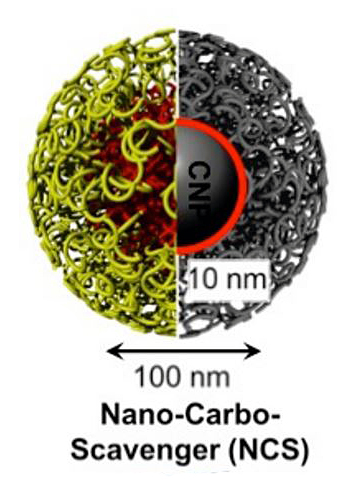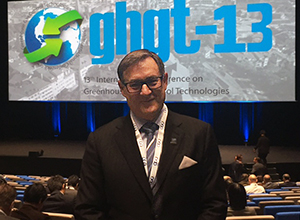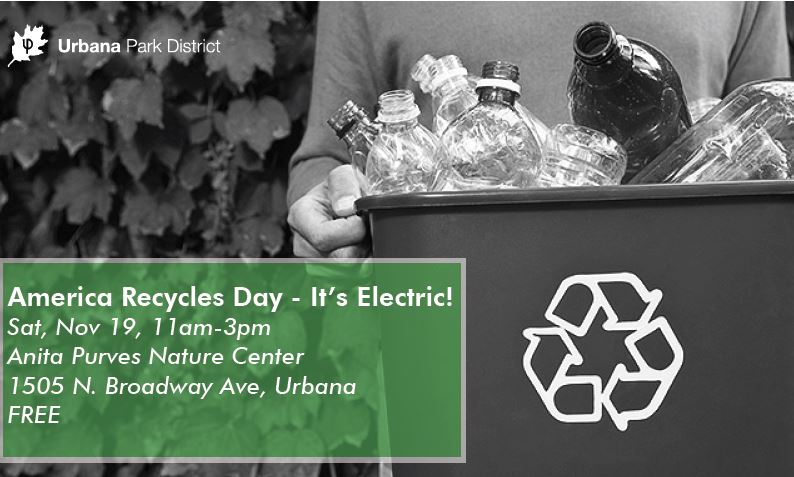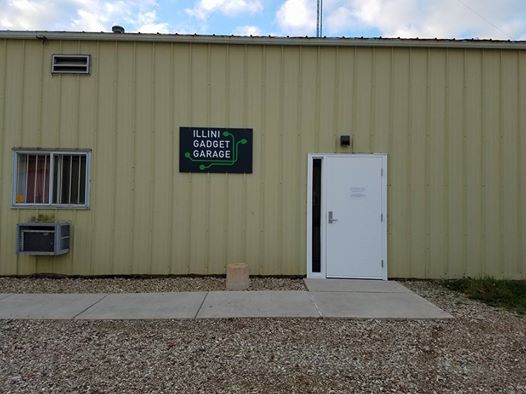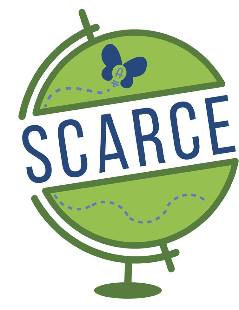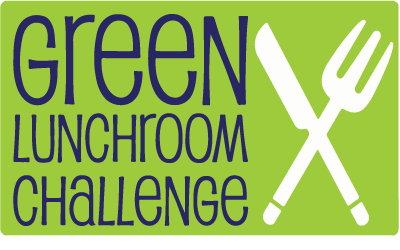
A two-year study of asphalt binders will improve the use of recycled material in making long-lasting roads.
Asphalt binders, a key to affordable, long-lasting roads, have surrendered some of their secrets thanks to a two-year examination of their chemistry and composition.
Research led by the Illinois Sustainable Technology Center (ISTC) at the University of Illinois’ Prairie Research Institute, in a partnership with the Illinois Center for Transportation (ICT) and the Illinois Department of Transportation (IDOT), advances knowledge of the role of chemistry and composition on asphalt binders’ performance and proposes new testing thresholds that can supplement existing highway quality assurance programs.
It has long been known that recycling asphalt pavement materials and roofing shingles into new pavement lowers costs, but this can also result in pavement brittleness and faster aging. Still the practice is very common in Illinois and elsewhere in the United States. According to the National Asphalt Pavement Association (NAPA), asphalt pavement is being recycled and reused at a rate over 99 percent, and recycling efforts in 2010 alone conserved 20.5 million barrels of asphalt binder.
“Even with non-recycled road pavement materials, the optimal mix of binders and aggregates is a delicate balance. Add to that calculation more variables from utilizing various recycled binders and the confidence of producing durable and long-lasting roads becomes more difficult,” according to Brajendra K. Sharma, senior research engineer at ISTC.
The final report, “Modeling the Performance of RAS (Recycled Asphalt Shingles) and RAP (Reclaimed Asphalt Pavement) Blended Asphalt Mixes Using Chemical Compositional Information,” was published by ICT, also at the U of I.
This study takes a close look at the elemental and chemical composition of binders and how they age. Field performance of various asphalt binder materials to resist cracking and permanent deformation under the traffic loading (rheology) and environmental fluctuations was correlated to the composition and chemical characteristics of binder materials.

A variety of different tests, parameters, and component markers have been developed worldwide over the years to ensure long-lasting roadways. This work also evaluates which diagnostic approaches work best, as well as how the use of recycled or reclaimed materials affects performance, by combining chemical and compositional characterization tests with the rheological tests.
“This research is aimed at reconciling the sometimes conflicting goals of affordably maintaining our quality transportation system and maximizing sustainable construction practices,” said Sharma, lead author of the study.
“A better understanding of asphalt binders’ chemistry and composition in combination with its fundamental rheological properties is critical to achieve good performing and long-lasting pavements. Such a holistic characterization of binder became even more important with the number of recycled constituents, additives, and modifiers that have increased dramatically over the years.” according to Hasan Ozer, research assistant professor at ICT.
Based on the combined results of rheological characteristics, chemistry, and composition, it was concluded that asphalt concrete prepared with high levels of recycled roofing shingles along with reclaimed asphalt concrete could have increased short- and long-term cracking potential. The aging progresses much faster and their lifetime starts at an already critically aged condition because of the high recycled content in the pavement.
The study also provides preliminary recommendations and an implementation plan with critical thresholds that can be obtained from series of chemical, compositional, and rheological tests. The proposed tiered approach can be used by IDOT and other highway authorities to supplement existing asphalt binder quality assurance programs and material selection.
The issue of optimal use of recycled road materials is an important one for transportation officials nationwide. This study is an outgrowth of a 2015 ICT study that last year received the American Association of State Highway and Transportation Officials’ “Sweet Sixteen High Value Research” projects award. That study, “Testing Protocols to Ensure Performance of High Asphalt Binder Replacement Mixes Using RAP and RAS,” introduced a semi-circular bending test (IL-SCB) coupled with a flexibility index (FI) for testing of fracture potential.
Co-authors of the latest study are Jing Ma, Punit Singhvi and Hasan Ozer, of the U of I department of civil and environmental engineering, and Bidhya Kunwar and Nandakishore Rajagopalan of ISTC.
.


